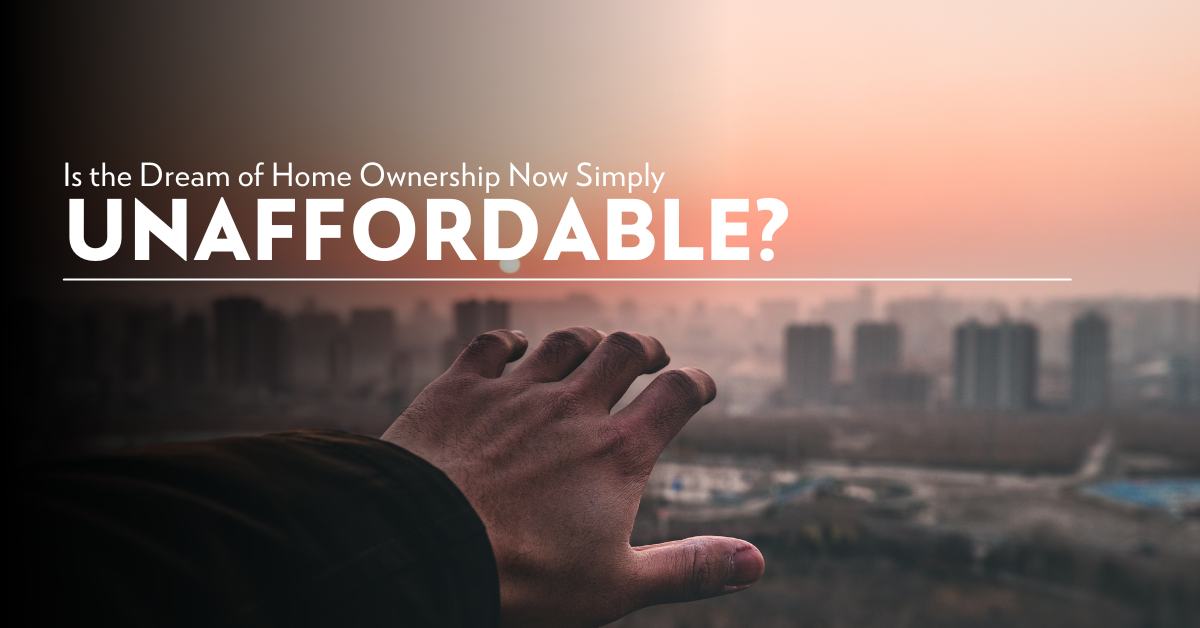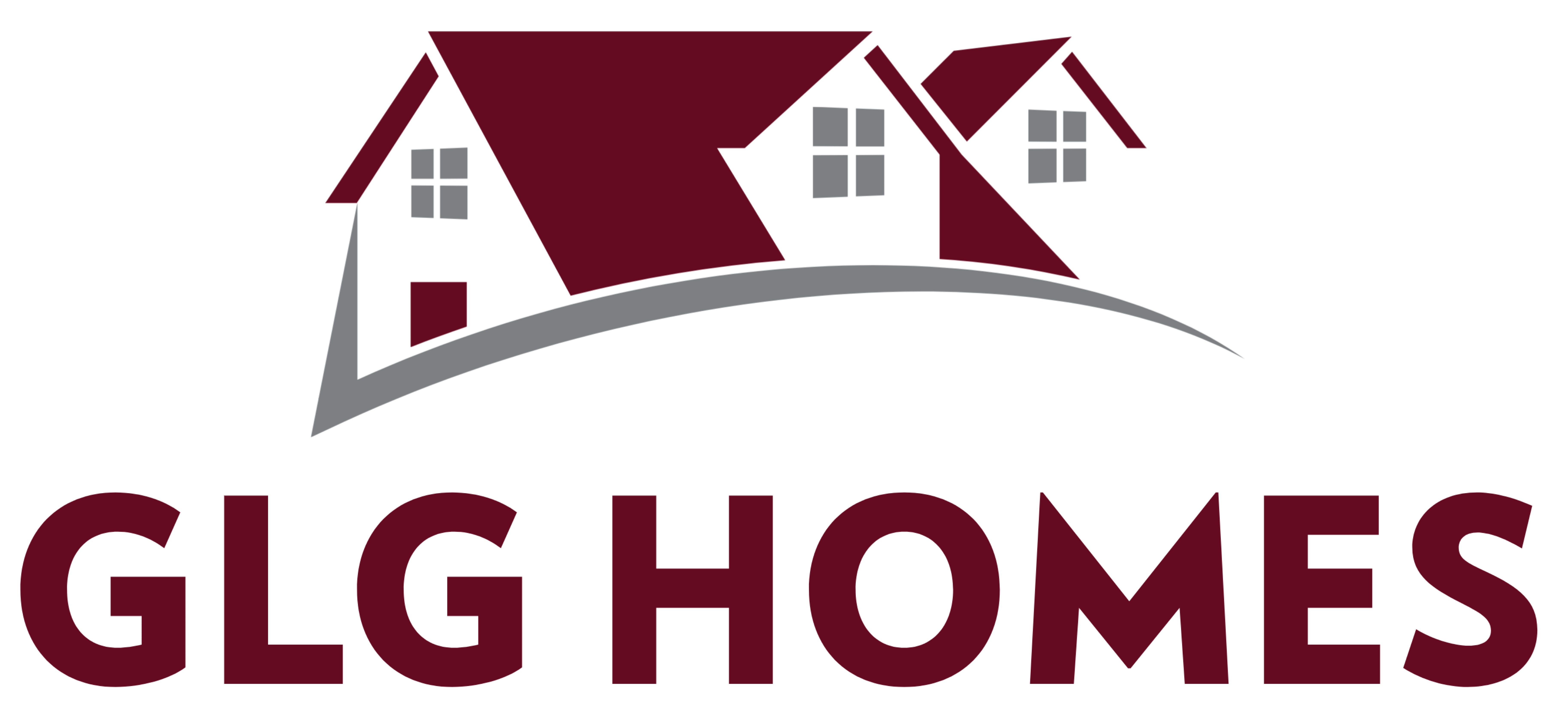
Home ownership has been a big part of the ‘American Dream’ slogan since (at least) the 1950’s. And for many, it is a dream they continue to chase. The pandemic that started late in 2019 and blossomed in 2020 into a global nightmare took the discussion of home ownership and brought it front and center. The dynamic of the home and how it became an office, playroom, schoolroom, virtual hangout, and so on has forever changed the value of residential and commercial property. And with that, the change in real estate affordability and the price of home ownership.
The Impact of the Cost of Money
What drove the change in valuation has been a mix of perspectives. Low inventory, high demand are the two most common references. But what created that high demand was a historic change in the cost of money. Loans were being issued with interest rates that were the lowest ever seen. Money was basically being printed to stave off a recession. Most agree that it was too much, too fast. The massively low cost of money put pressure on products (e.g. cars) and services but the biggest discussion was around residential homes. Buyers ran from one house to the next tossing about above list price offers with little to no purchase contingencies. Appreciation of homes soared.
The Gap Widened
Starting in May of 2020 through April of 2022, those who were able to purchase did so. And they gobbled up what limited inventory of homes was available. Sellers were putting houses on the market for 10-30% more than normal market value and still getting offers above the asking price. The limit of housing available also meant Sellers had plenty of offers to choose from. And for most Sellers that meant taking the contract with the least amount of risk and the highest reward. Which pushed highly qualified, well funded buyers to the top and the average buyer repeatedly fell short. Pragmatic, disciplined Buyers who were unwilling to toss ridiculous offers on the table found themselves with few homes to choose from and most needing work. And then the cost of money changed. And suddenly, the average buyer found themselves down even further as the affordability of real estate and home ownership moved out of reach.
Affordability Versus Inventory
This will be the new discussion. Home builders cannot produce enough homes fast enough to help stabilize demand. Add to this, interest rates have been hammered by the Federal Reserve, the cost of money has gone up over 5% (check current mortgage rates). In November and December, 2022 the interest rate on some loans was dancing around 7% from a low of 2.45%. At the same time, the winter period is typically the slowest time of year for home inventory. Buyers have retreated rapidly and with them, they have taken the wind out of the Seller’s sails. Sellers of existing homes are asking “who will be the buyer?” Highly qualified buyers are no longer flush with cash as inflation has hit everyone’s wallet. The average (qualified) buyer has been pushed down in purchase price pre-qualification. Homes available at their new (lower) purchase range are unappealing, could require more than simple cosmetic work or may not even qualify for a standard loan. What is now “affordable” is not worth the cost of the loan knowing that more money will need to be spent on the home.
The Next Hurdle
The speculation about a housing crash has run through mainstream media headlines for months. There is no end in sight to the media declaring a crash is coming. Talk of housing values ranges from values dropping by 10-20% to low single digit appreciation in pricing from prior year. Keep in mind, it will take years to make up for the gap on housing availability. Home values may not skyrocket in 2023. Nor will those values tank below 2021 levels. And in 2024, with a recession in the rearview mirror – home values will climb again. Homes that have been well maintained, updated or even renovated will continue to see gains in appreciation and buyer demand. Sellers with neglected homes (for whatever reason) will see very little buyer interest. And this part of the housing inventory will create a drag on home sales as buyers struggle to purchase until interest rates make it more feasible.
What is Really Stopping Sellers?
In short – confusion and uncertainty. Talk to any good, experienced real estate agent and they will tell you that home pricing is more difficult than ever. Realtors rely on comparable sales to help formulate a pricing recommendation. With the scarcity of home sales in most areas, real estate agents are struggling to determine a confident price. And with the return of purchase contingencies (inspection and appraisal in particular) – home pricing needs to be done more thoughtfully. The wild west pricing approach in 2020-2022 is over. Affordability of real estate and home ownership swung wildly out of control.
Options for Sellers
In short, a home that needs work may be better left off the market. If a Seller is in a favorable enough position to sit for a while and address some of the repairs or improvements needed – plan for listing in 2024 or 2025. For those Sellers who do not have this option, look for an off market buyer. Investors (such as GLG Homes) are still seeking properties. Investor buyers will expect to pay less than a retail market value – but good Investor buyers can eliminate the hurdles to a sale with little to no purchase contingencies. Investor buyers also remove the headaches and anxiety associated with listing a house and keeping it ready for showings. Additionally, many Investor buyers will provide closing cost assistance. But, most of all, an Investor buyer is going to provide a price that a Seller can decide upon without dragging the house for sale onto the retail market and waiting for a buyer.
Questions? Comments? Feel free to reach out.
Thanks,
g.
